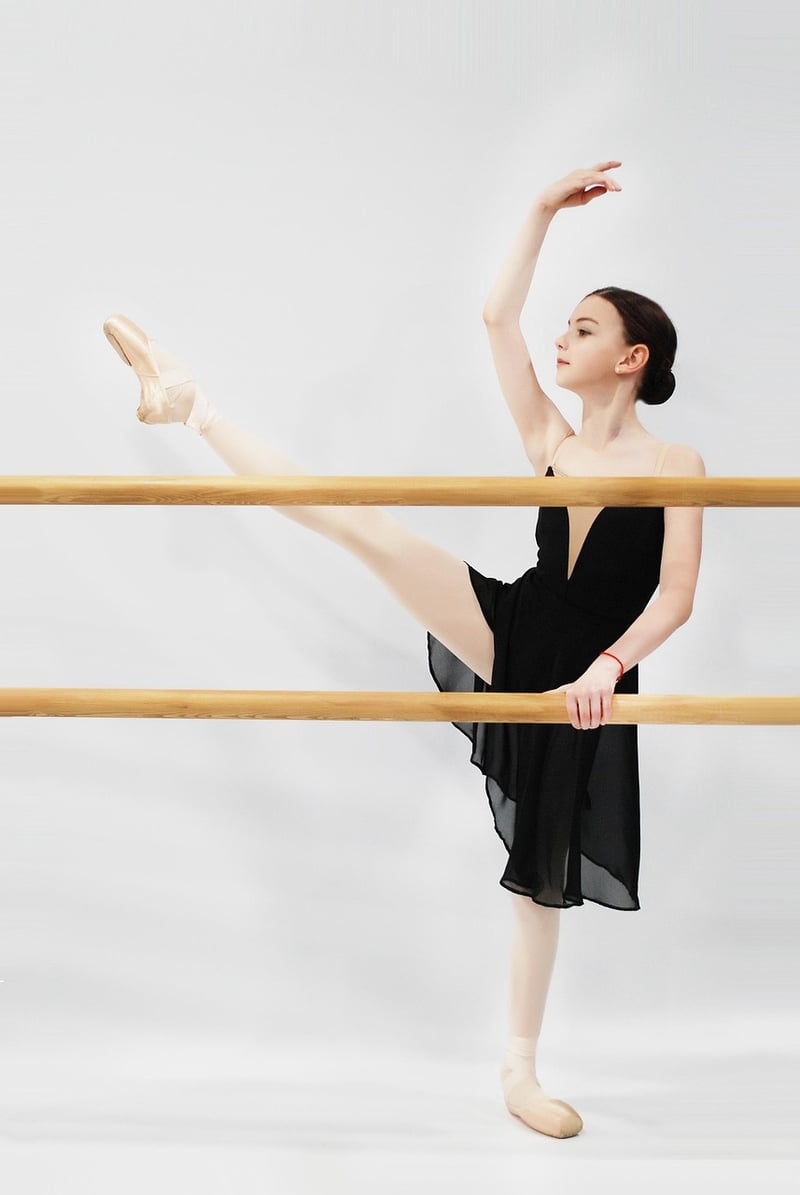Contemporary
The Art of Expressive Movement in Contemporary Dance
Contemporary dance is a dynamic and expressive form of art that allows dancers to push boundaries, explore emotions, and communicate through movement. One of the key elements that sets contemporary dance apart is the emphasis on personal expression and individual interpretation. Within this genre, the use of expressive movement plays a crucial role in conveying ideas, stories, and feelings.
What is Expressive Movement?
Expressive movement in contemporary dance refers to the physical expression of emotions, thoughts, and sensations through the body's movements. Dancers use a combination of fluidity, strength, control, and intention to convey a wide range of feelings and concepts. This form of movement often involves exploring different levels, dynamics, and spatial relationships to create visually compelling performances.
The Role of Expressive Movement in Contemporary Dance
In contemporary dance, expressive movement serves as a powerful tool for artists to communicate with audiences on a deeper level. Through the use of body language, gestures, and spatial awareness, dancers can evoke emotions, provoke thoughts, and provoke introspection in viewers. This form of non-verbal communication allows for a more visceral and sensory experience, transcending language barriers and cultural differences.
Exploring Creativity Through Movement
Contemporary dance encourages dancers to explore their creativity and individuality through movement. By incorporating elements of improvisation, experimentation, and personal interpretation, artists can discover new ways of moving and expressing themselves. Expressive movement in contemporary dance celebrates diversity, uniqueness, and the endless possibilities of the human body in motion.
Embracing Innovation and Freedom
Unlike traditional dance forms that may adhere to strict techniques and rules, contemporary dance values innovation, freedom, and self-expression. Dancers are encouraged to break conventions, challenge norms, and push boundaries in their quest for artistic exploration. Expressive movement in contemporary dance allows for a sense of liberation and authenticity, enabling dancers to connect with their innermost thoughts and emotions.
Conclusion
Expressive movement plays a central role in contemporary dance, serving as a vehicle for creativity, communication, and personal expression. Through the art of movement, dancers can transcend physical limitations and tap into the depths of human experience. Whether conveying joy, sorrow, passion, or protest, expressive movement in contemporary dance is a powerful form of artistic expression that continues to captivate audiences worldwide.

